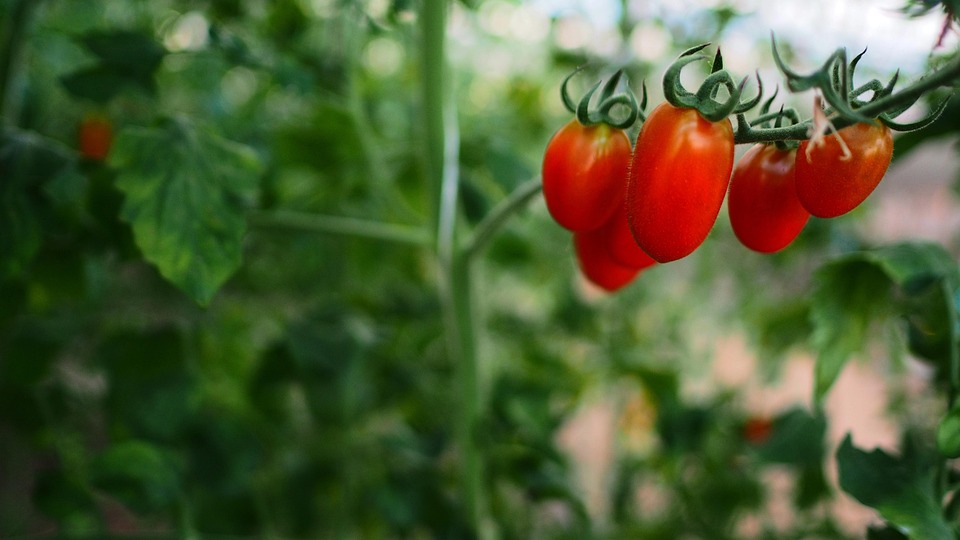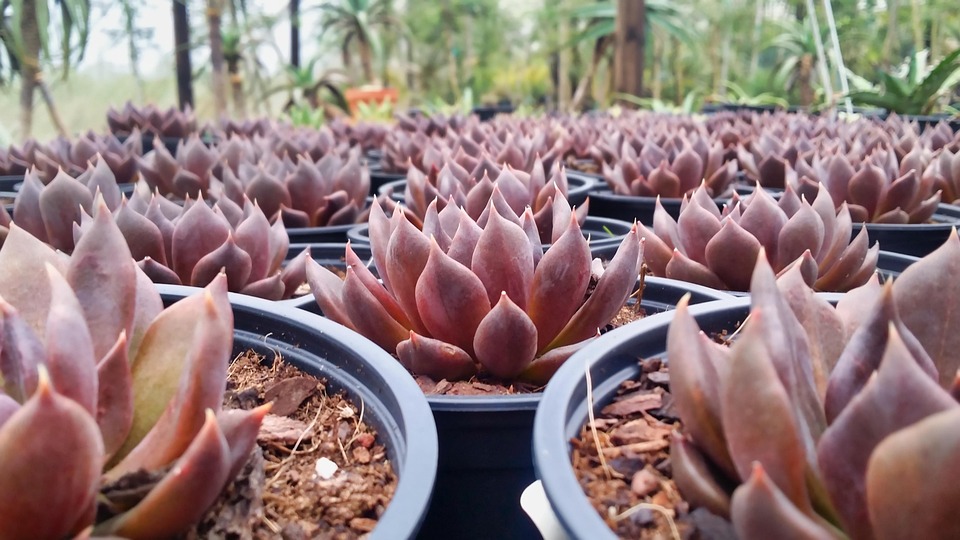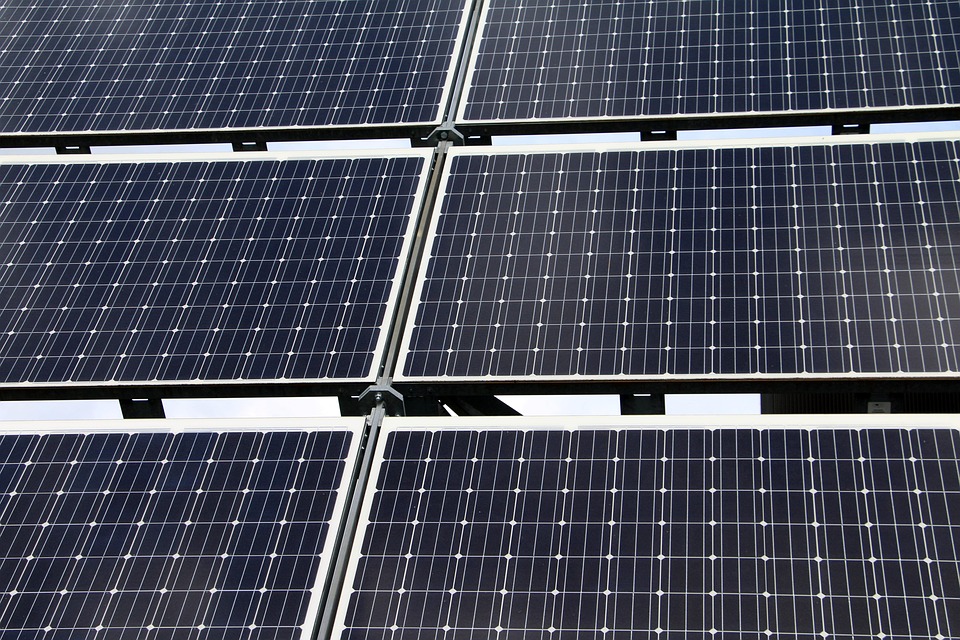**Affordable Solar: How to Navigate Costs and Find the Best Deals**
# Affordable Solar: How to Navigate Costs and Find the Best Deals There’s a magical feeling that comes with waking up under a sun-drenched sky, enjoying a cup of coffee brewed on an eco-friendly stove, and not having to worry about the utility bills piling up every month. This joy of self-sufficiency is one of the many perks of embracing solar energy. However, making the transition can feel daunting—especially when assessing costs. With the right guidance, you can find affordable solar solutions that fit within any budget. Here’s how to navigate the costs and snag the best deals. ## Understanding the Costs of Solar Energy ### Initial Investment vs. Long-Term Savings When considering solar energy, it’s important to understand that the initial investment is often the most significant barrier for many. High-quality solar panels and inverters can range from $15,000 to $25,000 for an average home, but don’t let that number discourage you! 1. **Initial Investment**: While the initial costs may seem overwhelming, think of it as an investment in your future. The money saved on electricity bills over the years often outweighs the upfront costs. 2. **Long-Term Savings**: According to the U.S. Department of Energy, solar can save you between $10,000 and $30,000 over 20 years. Those figures can steadily rise as utility prices increase. ### Hidden Costs and Incentives Along with standard installation, be aware of potential hidden costs: – **Permits and Inspections**: Some cities require permits and inspections, which can add to the initial price tag. – **Maintenance and Repairs**: Like any other home system, solar panels may require occasional maintenance. Factor this into your budget. Fortunately, various incentives can help offset costs: – **Federal Tax Credit**: As of 2023, you can receive a federal tax credit for 30% of the cost of installing solar systems—this can significantly reduce your upfront investment. – **State Incentives**: Many states offer additional credits, rebates, or financing options. Research your state’s unique incentives before moving forward. ## How to Find the Best Solar Deals ### Research, Research, Research Knowledge is your greatest ally when hunting for solar deals. – **Read Reviews**: Customer reviews can provide insights into the reliability and service of different companies. Websites like SolarReviews or EnergySage can help you find credible experiences. – **Compare Quotes**: Reach out to multiple providers for quotes. Many companies give free consultations and will tailor a system to fit your needs. ### Leasing vs. Buying You have options when it comes to solar systems. Understanding the difference can save you money. – **Buying**: While more expensive upfront, purchasing a solar system means you own it, leading to maximum savings in the long run. – **Leasing**: If upfront costs are a primary concern, consider leasing. Payment plans are often less than a typical electricity bill, with the added benefit of solar energy without immediate ownership costs. ### Evaluate the Equipment Not all solar panels are created equal. Here are crucial factors to consider: – **Efficiency**: This indicates how effectively a solar panel converts sunlight into usable energy. Higher efficiency often means a higher price tag, but a smaller number of panels are required to achieve the same output. – **Warranties**: Look for manufacturers that offer long warranties (typically 25 years) to ensure your investment is protected. ## Pro Tips for Dopting Solar Energy Affordably 1. **Timing is Everything**: Aim to shop for solar during the off-peak seasons (late fall and winter). Demand dips, which can lead to more competitive pricing. 2. **Join Local Solar Communities**: Many areas have community solar programs or co-ops that can help you save through shared systems. 3. **Take Advantage of Net Metering**: Check if your state offers net metering. This allows you to sell back excess energy to the grid, further offsetting costs. 4. **Educate Yourself on New Technologies**: Keep an eye on emerging innovations in solar technology. New products may offer better efficiency at lower costs. ### Finding Reliable Installers Finding a reliable installer can sometimes be tricky. Here’s how to simplify the process: – **Certifications**: Verify whether the installer is certified by the North American Board of Certified Energy Practitioners (NABCEP). Their technicians are highly trained and skilled. – **Local Reputation**: Look for installers with a proven local track record. They are often more invested in community relationships and overall quality. ### Financing Options If the upfront cost is still a hurdle, consider financing: – **Solar Loans**: Many banks offer solar-specific loans with fleet interest rates. – **PPA (Power Purchase Agreement)**: In this model, you agree to buy power generated from the panels at a fixed rate, which can be cheaper than your local utility rate. ## Exploring Additional Energy Efficiency Measures Transitioning to solar is just one part of the equation for sustainable living. To maximize savings: – **Energy Audit**: Before installation, conduct an energy audit to identify inefficiencies and areas for improvement, ensuring your solar system is as effective as possible. – **Improve Insulation**: Invest in adequate insulation, which can decrease energy consumption and optimize the benefits of your solar installation. ## Real-Life Example: A Success Story Let’s take a look at Jane, who lives in a small town where sunlight is abundant. She decided to leap and research solar installation in her area. By comparing quotes from six different providers and looking into various financing options, she swiftly discovered a federal tax credit which made purchasing the system affordable. She chose a local installer with excellent reviews and also applied for net metering to sell surplus energy back to the grid. Upon installation, her electricity bills plummeted, and after a few years, her initial investment in the solar panels was more than offset by the savings! Today, Jane enjoys the benefits of a greener lifestyle and the peace of mind that comes with energy independence. ## Conclusion Transitioning to solar energy doesn’t have to be a financial burden. By understanding the initial costs, taking advantage of incentives, and shopping around for the best deals, you can embark on an eco-friendly journey without breaking










